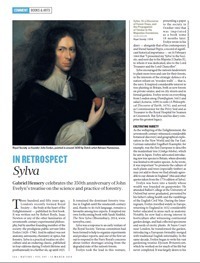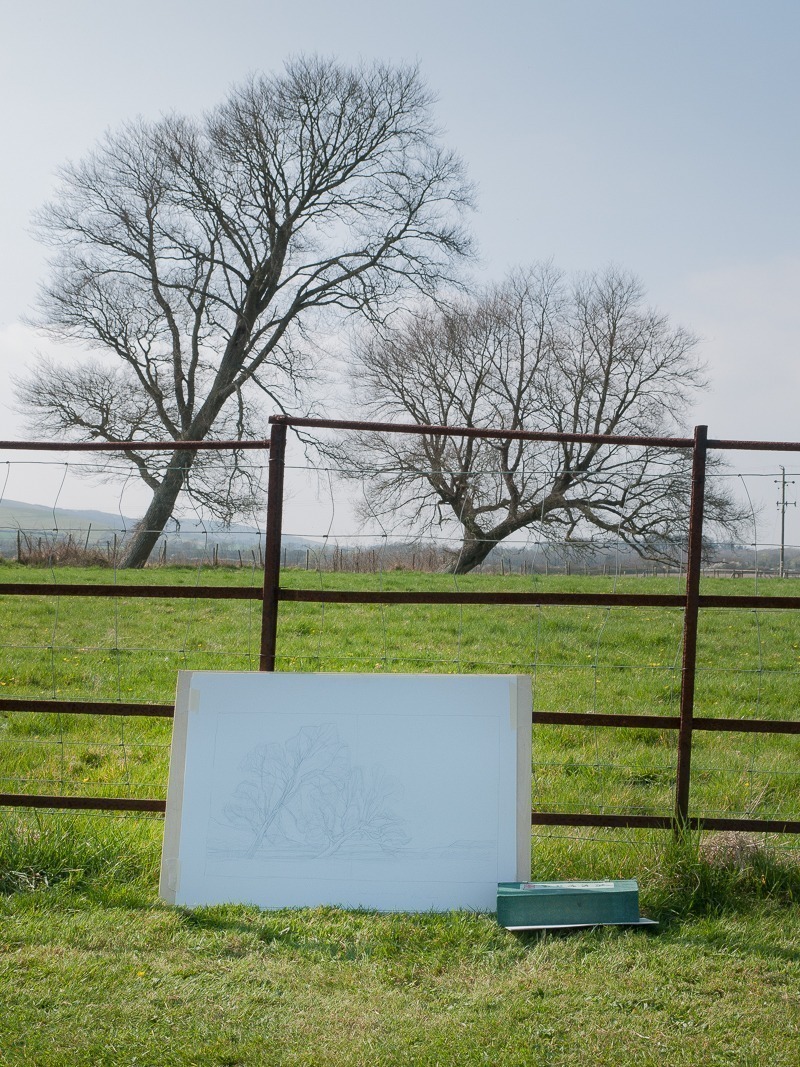Christmas cards and more now available in my new Shop
My new Christmas card and Beauty of Trees 2018 calendar, are ready in time for Christmas. These gifts and other items in my new online Shop, all feature the wonderful world of trees and nature which I focus on in my photography. Visit my shop Continue Reading




 This work is licensed under a Creative Commons Attribution- NonCommercial- NoDerivs 3.0 United States License.
This work is licensed under a Creative Commons Attribution- NonCommercial- NoDerivs 3.0 United States License.
